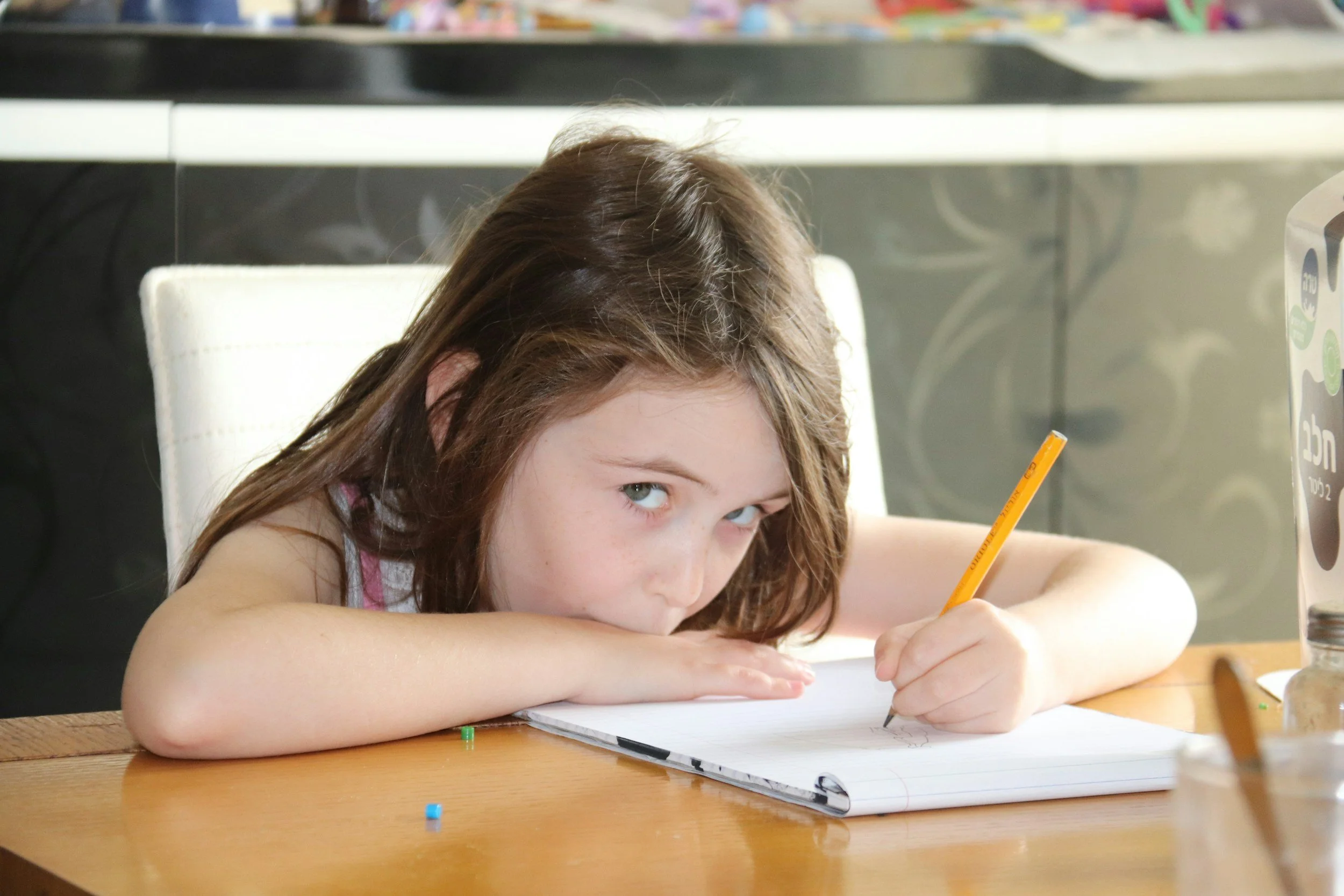
Working Memory: Why Kids Forget Steps (and What Helps)
Working memory is the brain’s “scratchpad.” Learn why kids forget steps and what really helps — with practical strategies and links to supporting activities.
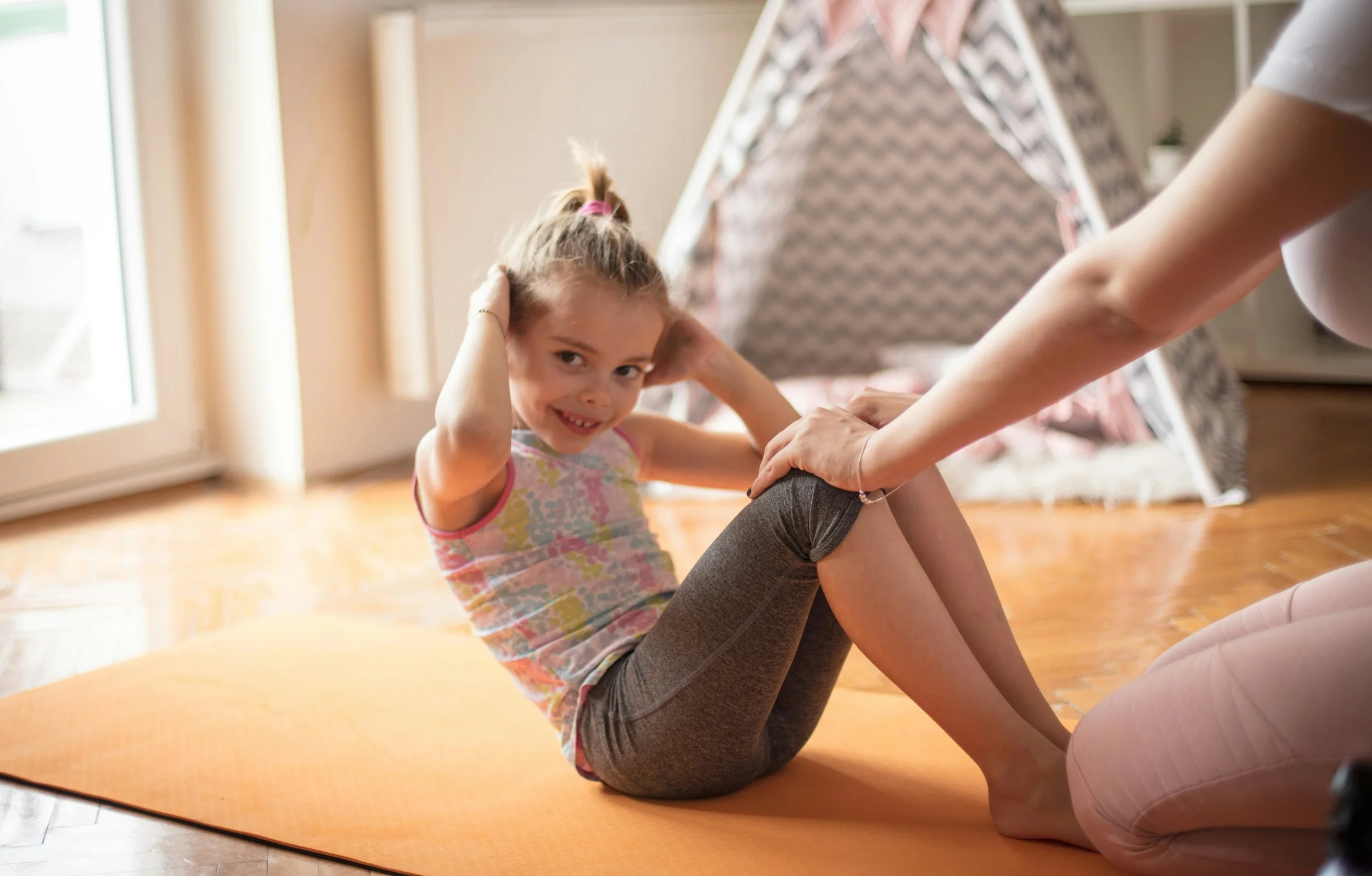
Everyday Sensory Breaks That Actually Work
Not all sensory breaks help. Learn what makes a break effective, with practical examples for movement, calming, pressure, and alerting input.
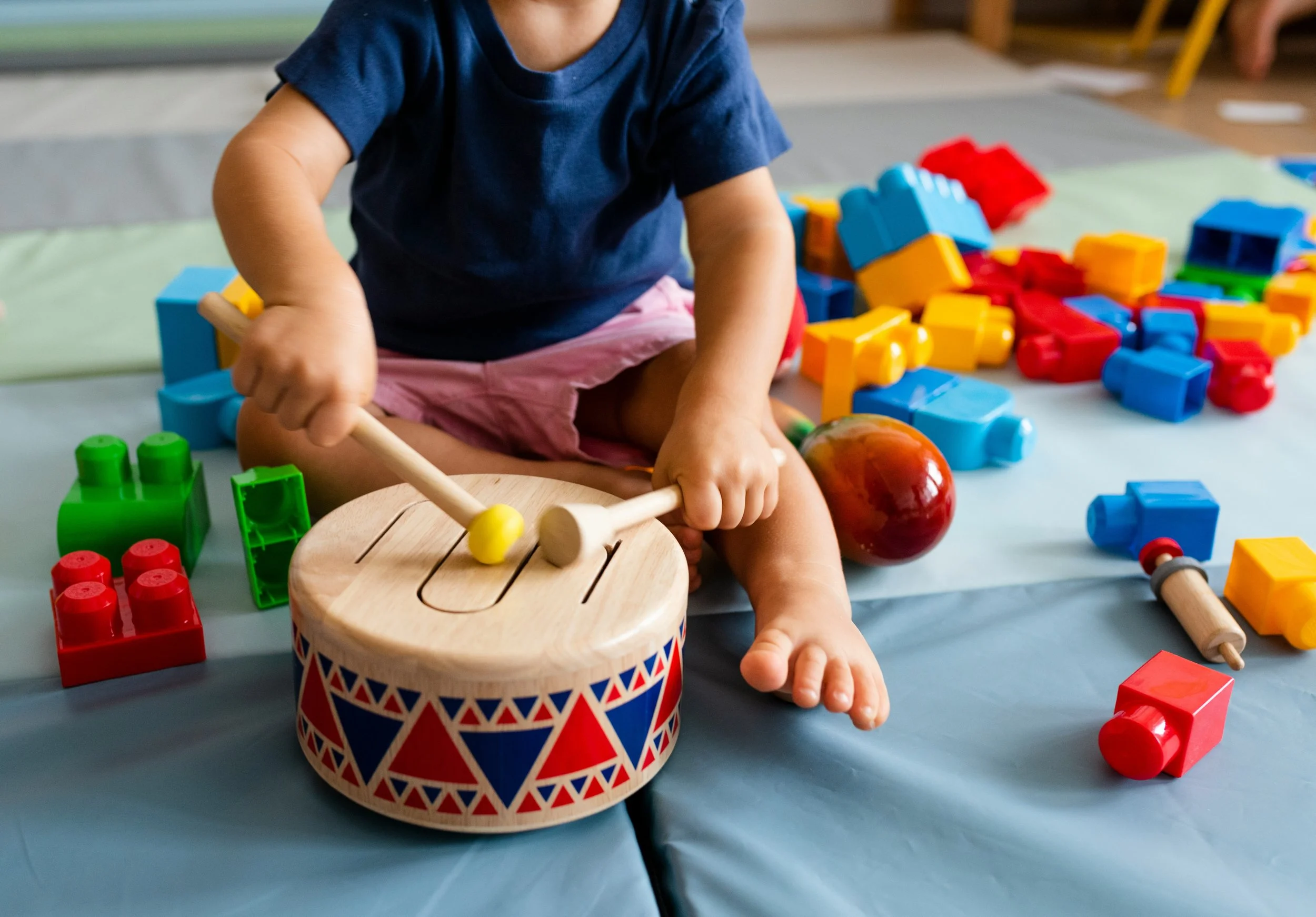
Timing and Attention: Why Rhythm Matters for Focus
Attention isn’t just willpower — it’s timing. Learn why rhythm builds focus and regulation, and where to find fun rhythm games to try at home.
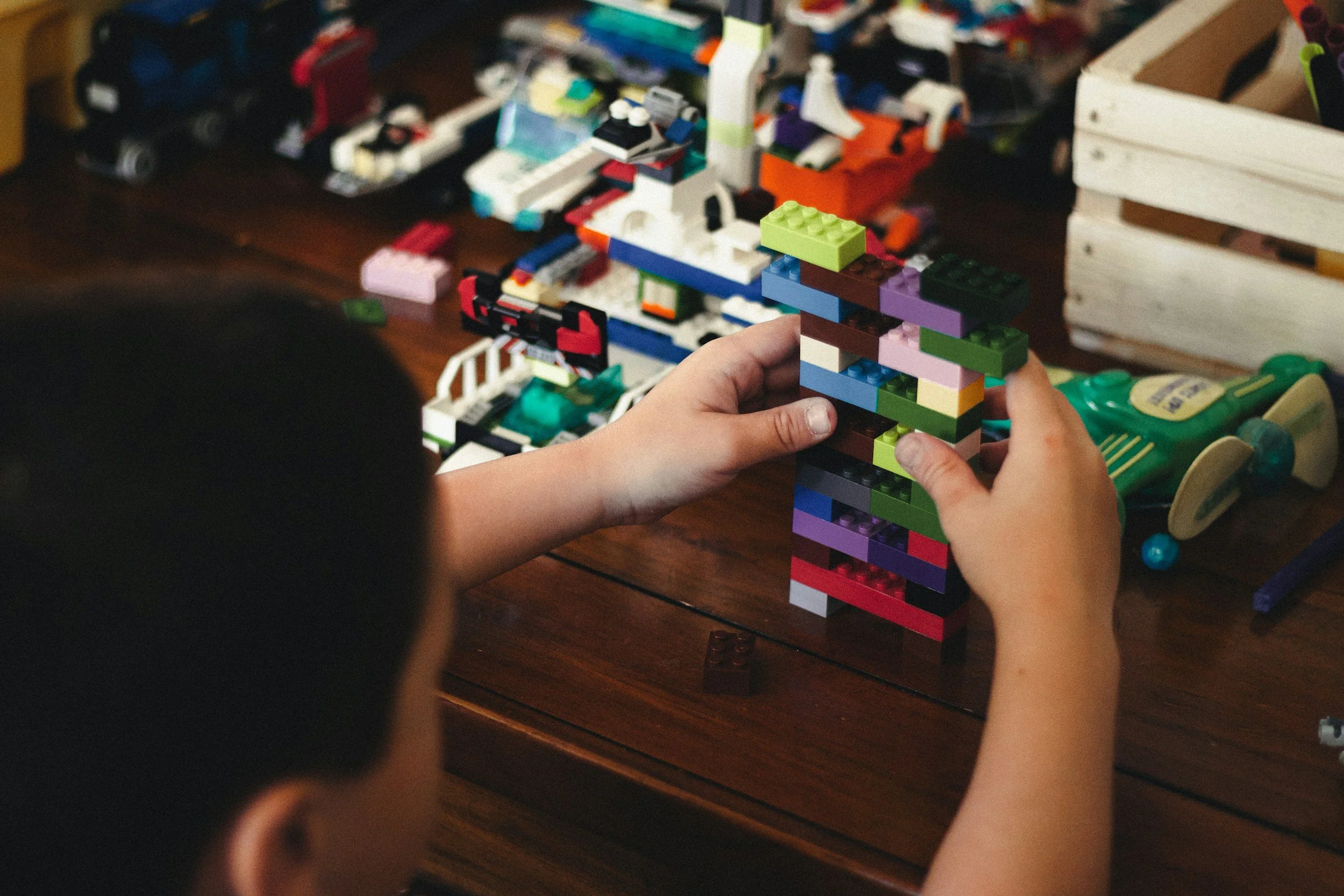
Visual–Spatial Play Ideas for Every Stage
Visual–spatial skills don’t stop at early milestones — they keep growing at every stage. Here are simple play ideas to strengthen the six Visual/Spatial Portals from toddlers to teens.
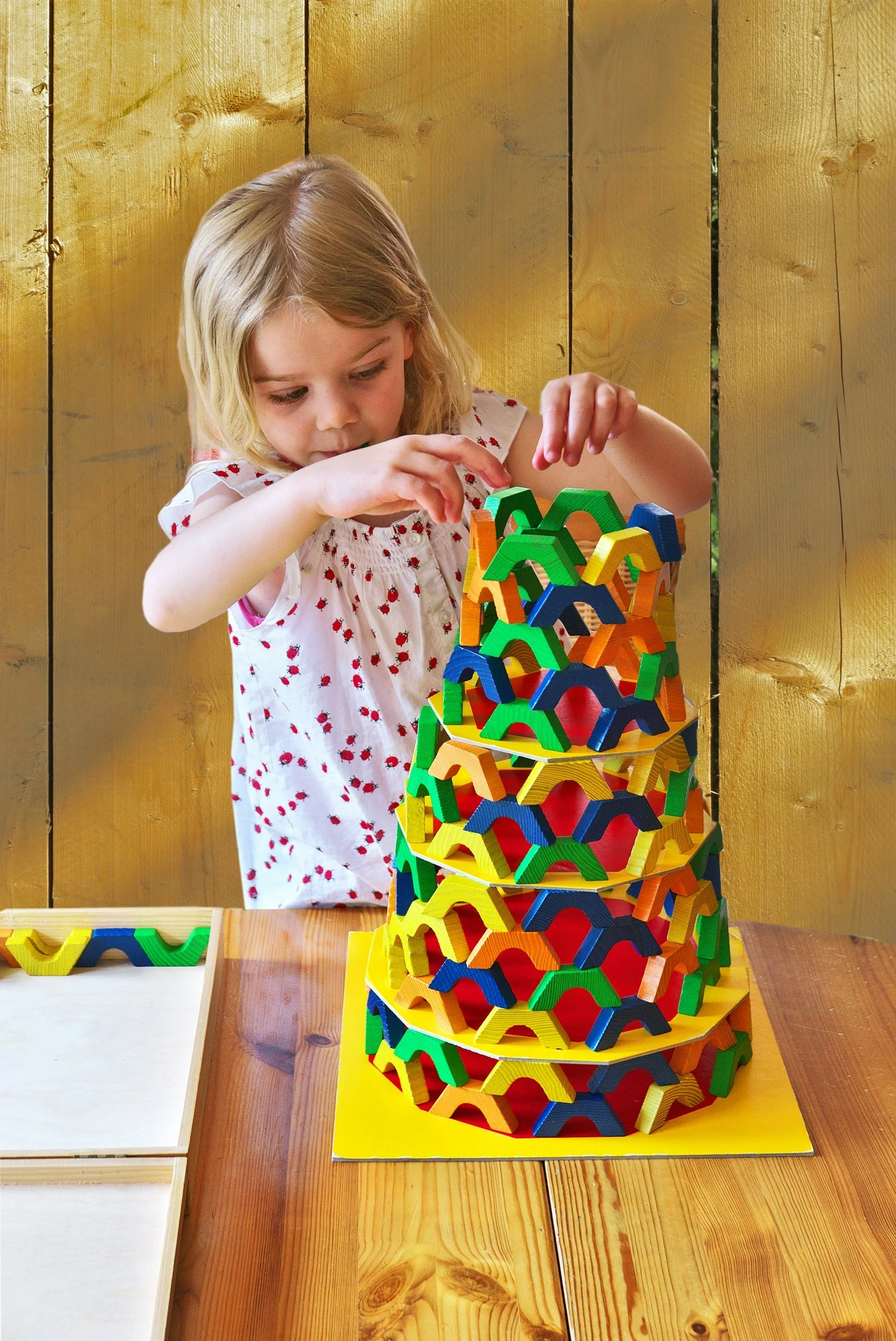
Visual Portals: How Visual–Spatial Skills Shape Learning and Development
Visual–spatial skills are the hidden building blocks of learning and play. Discover the six “portals” that shape how children think, move, and connect.
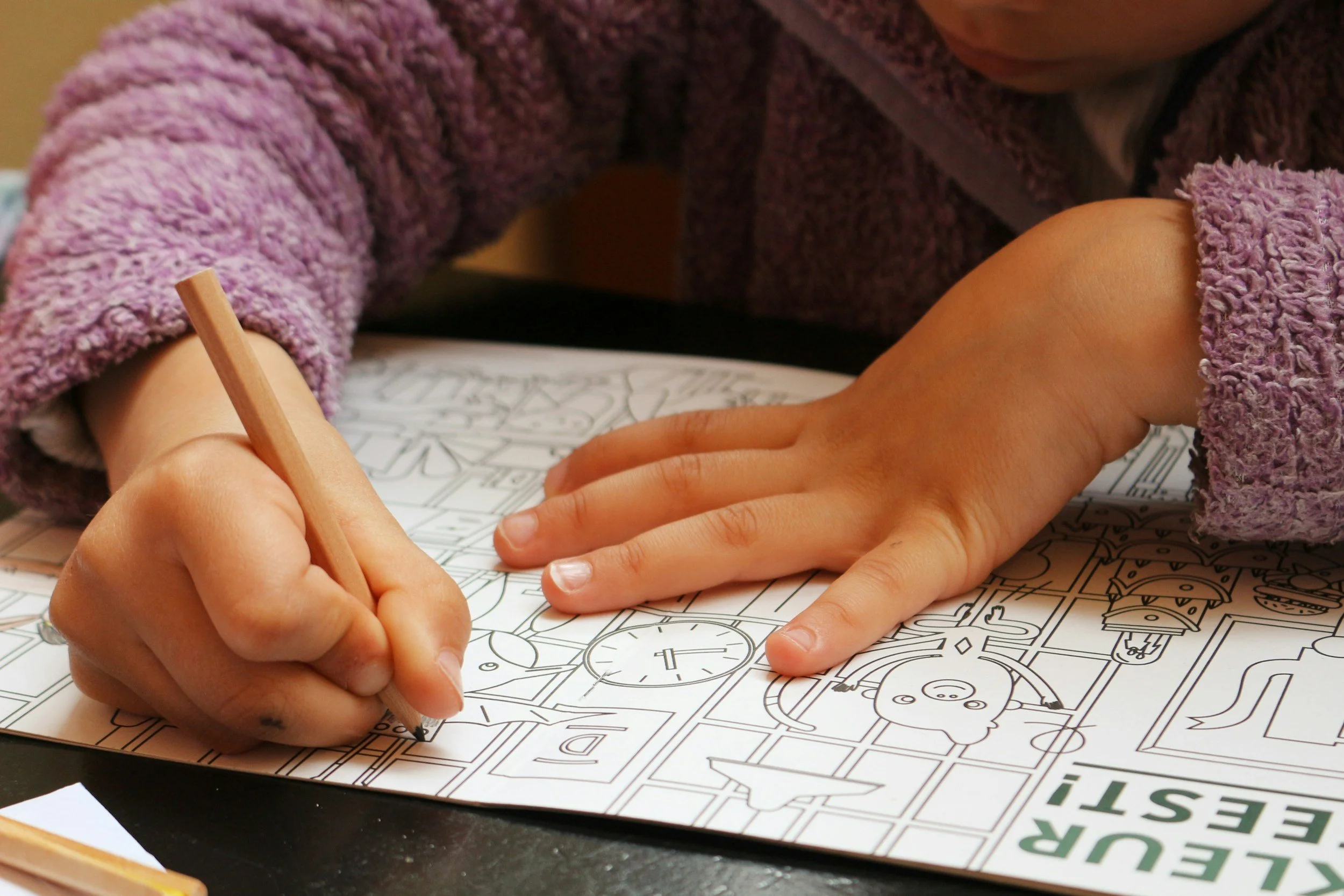
Building Strong Minds: How Designs for Strong Minds Strengthens Attention and Working Memory
Designs for Strong Minds uses structured visual puzzles to build attention, memory, and flexible thinking for school-age children and teens.

Why Multisensory Learning Matters in Early Childhood
Children learn best when they use more than one sense. Discover how movement, rhythm, and multisensory play build focus and confidence.

Interactive Metronome Explained (Without the Jargon)
Interactive Metronome uses rhythm and feedback to strengthen timing, attention, and regulation. Learn what it is, how it works, and why it helps children.
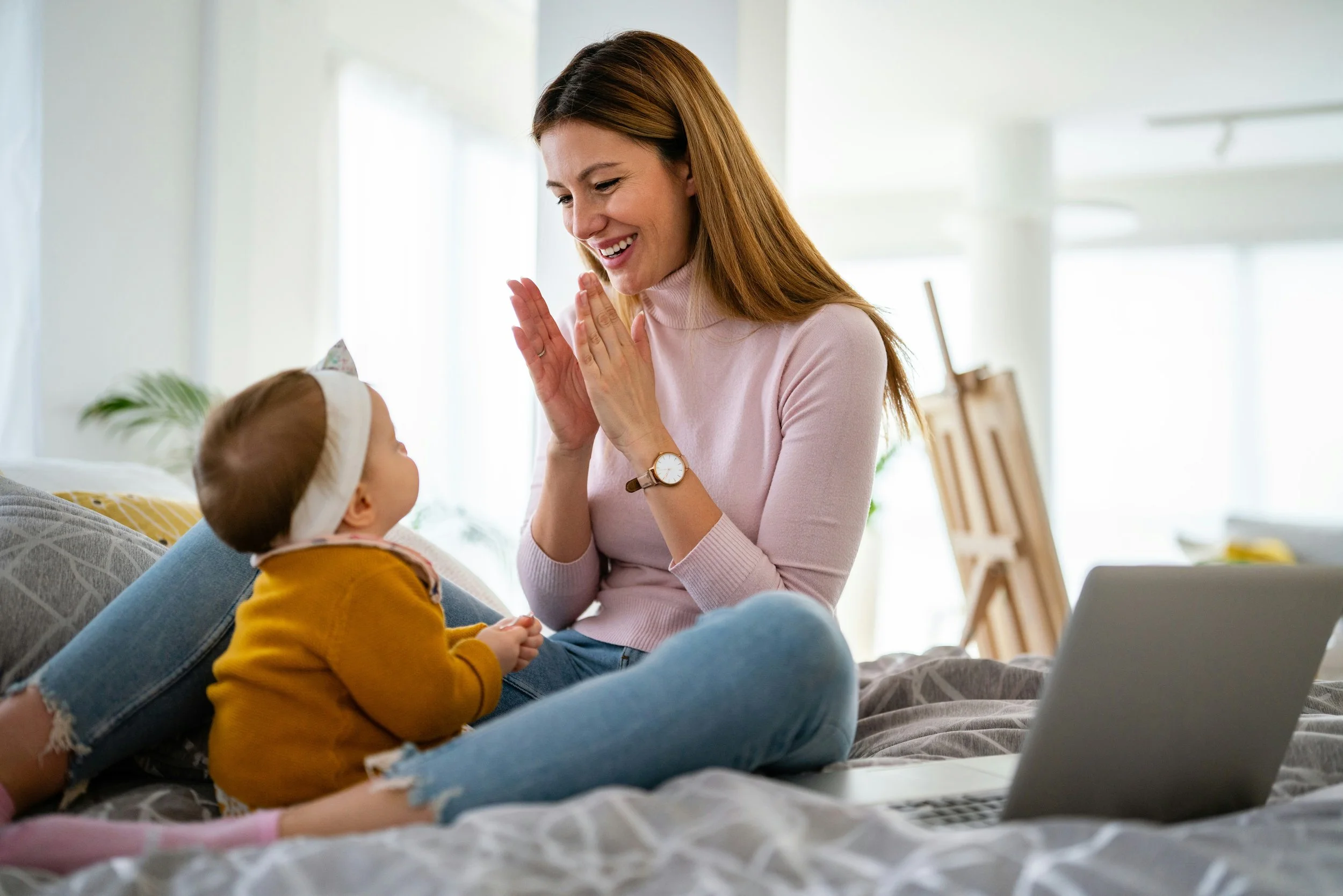
Everyday Rhythm Games That Boost Focus and Fun
Rhythm builds attention and regulation. Discover simple clap, tap, and movement games you can play with your child anytime.

Timing and Attention: Why the Brain Needs Rhythm
Timing is the rhythm that organizes the brain. Learn why timing matters for attention and focus — and how rhythm activities can help.
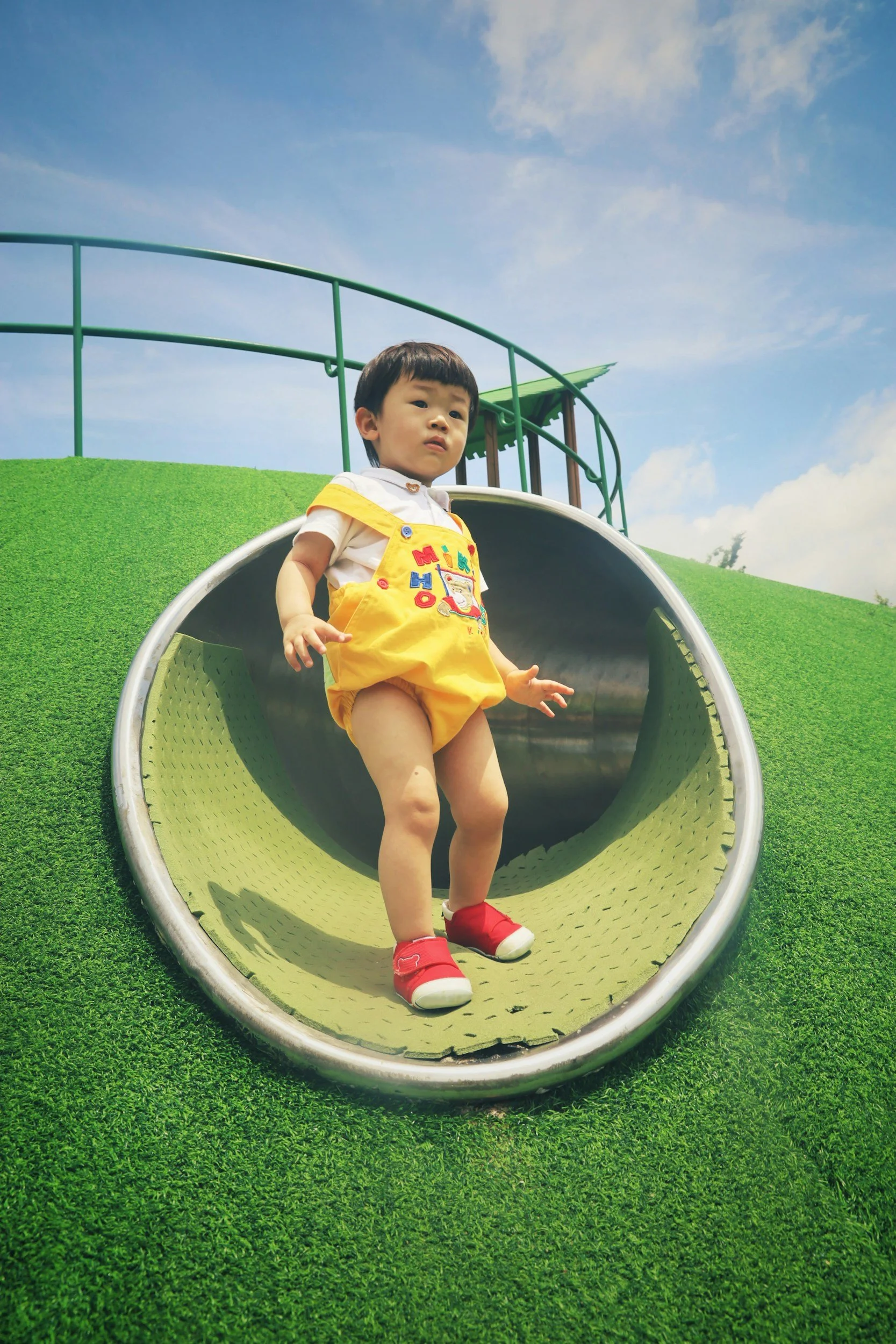
Balance and the Brain: How Movement Builds Focus
Balance activities do more than build coordination. They strengthen the brain for focus, attention, and learning. Discover simple balance games you can try today.
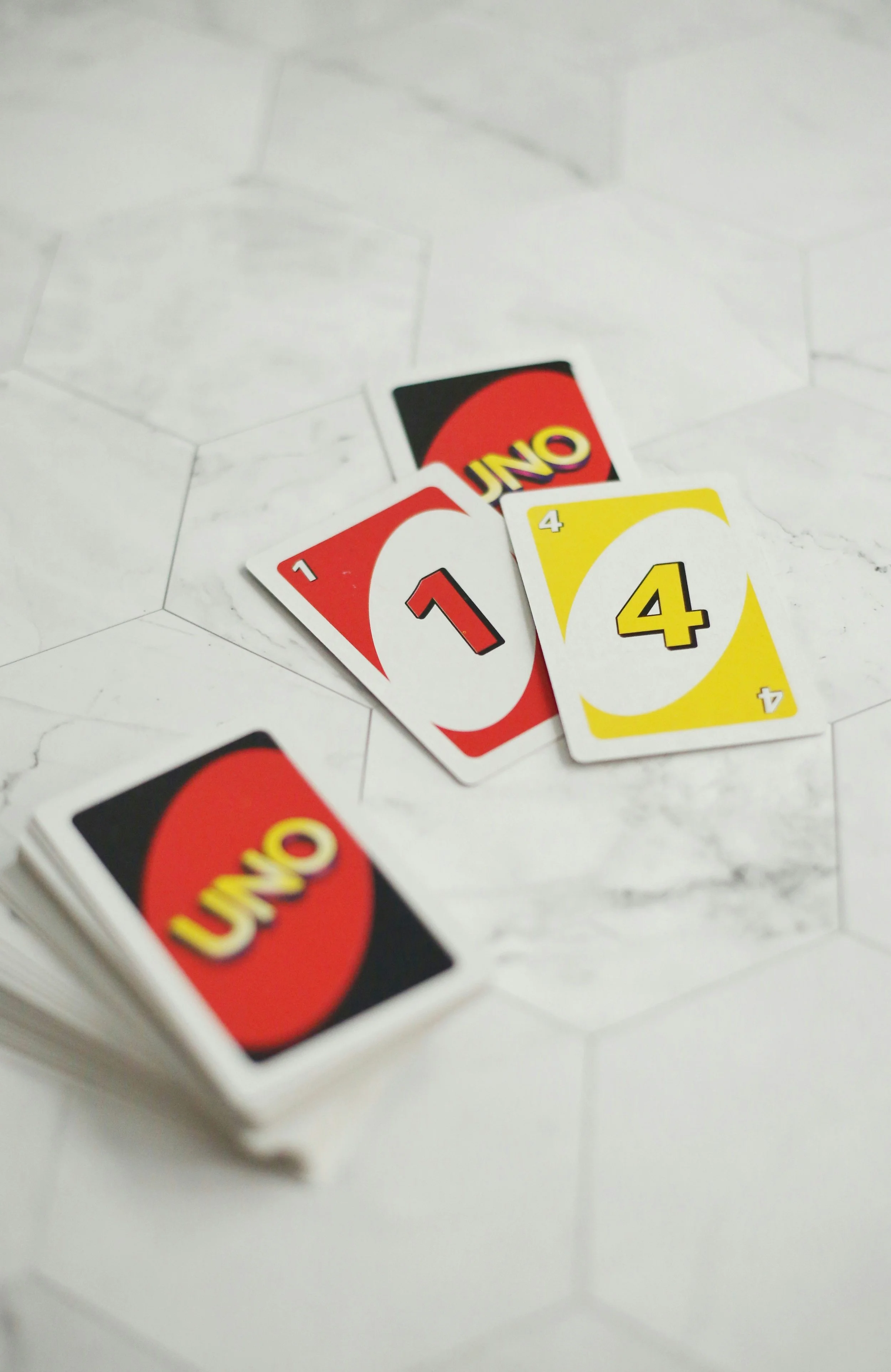
Turn-Taking Games: Building Regulation, Attention, and Connection
Turn-taking games aren’t just fun — they build regulation, attention, and social connection. Learn simple games you can try at home.
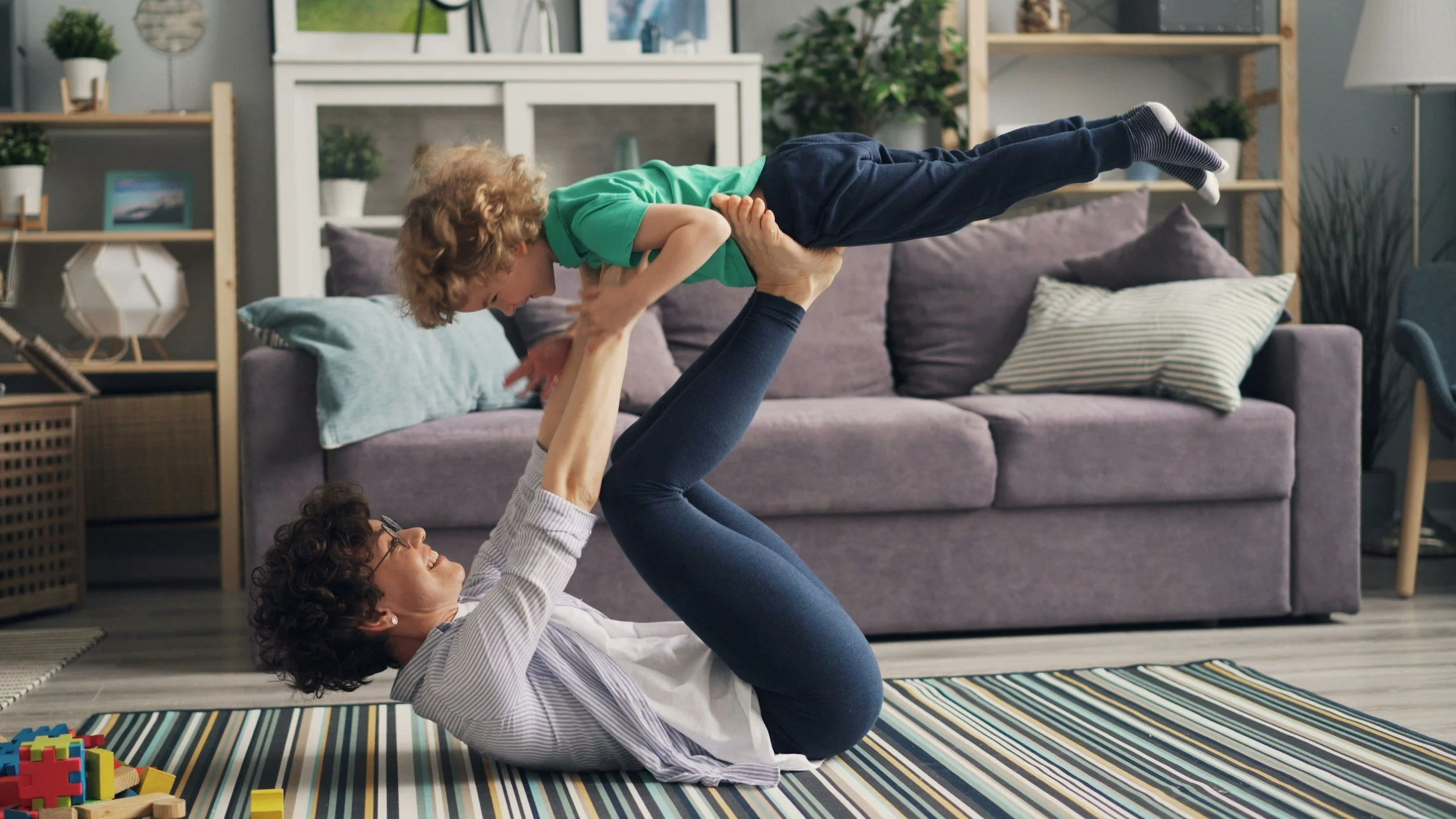
A Parent’s Guide to FEDCs in DIR/Floortime
This guide brings together all of our FEDC posts in one place. Learn about the developmental capacities in DIR/Floortime and how they support your child’s growth.

Understanding Higher FEDCs: Expanding Abstract and Reflective Thinking
FEDCs 7–9 expand children’s abilities into flexible, emotional, and reflective thinking. Learn what these stages look like and how to support them at home.

Heavy Work for Little Bodies: Why Kids Need Push, Pull, and Carry Activities
Heavy work activities — pushing, pulling, carrying — help children feel calm and focused. Learn easy ways to add heavy work into your child’s day.

Understanding FEDCs 4–6: Building Problem-Solving and Emotional Thinking
FEDCs 4–6 move children into problem-solving, pretend play, and logical thinking. Learn what these stages look like and how parents can support them at home.
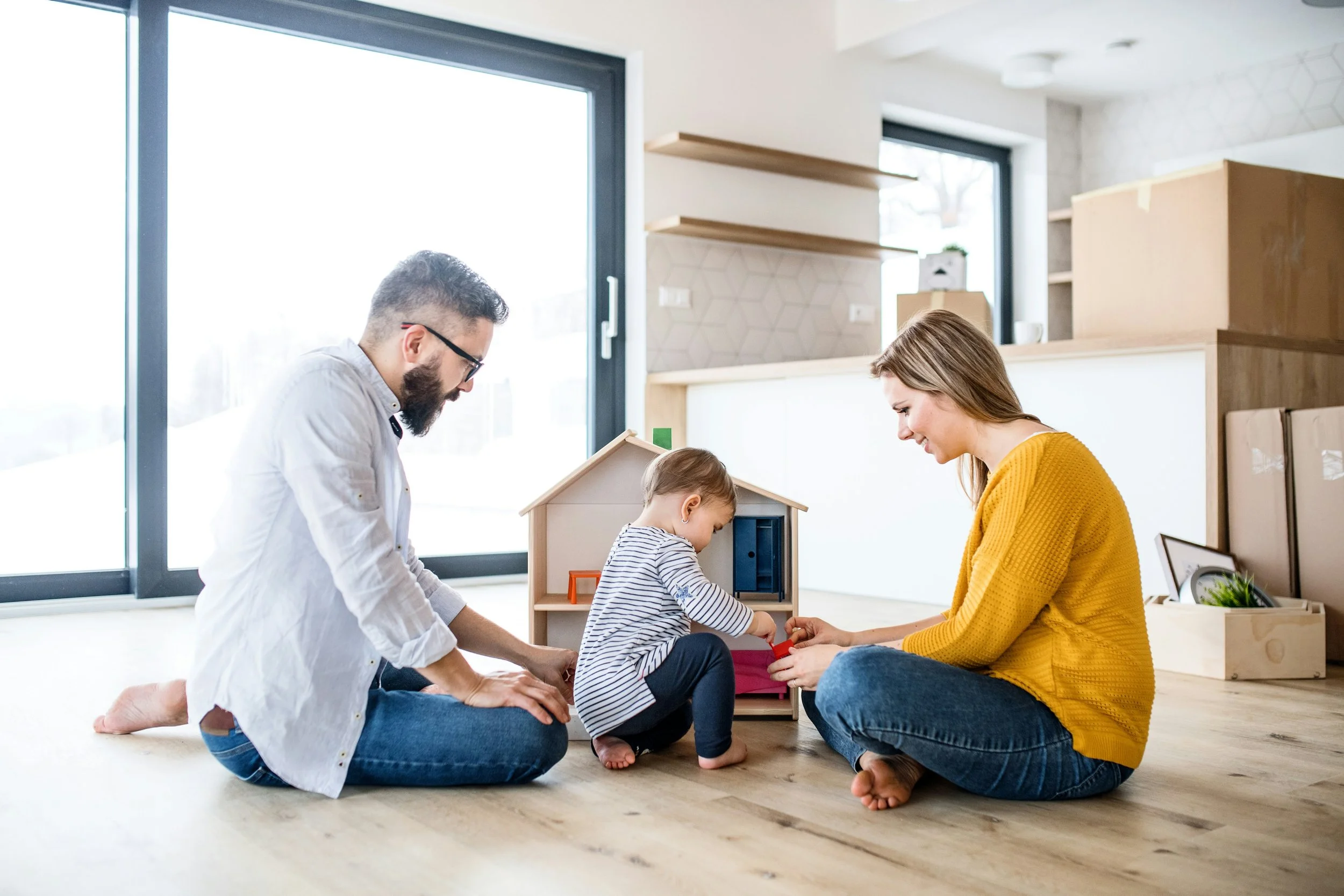
Understanding the First Three FEDCs: The Foundation of DIR/Floortime
DIR/Floortime uses developmental capacities, or FEDCs, as building blocks for growth. Learn about the first three — regulation, engagement, and communication — and how to support them at home.
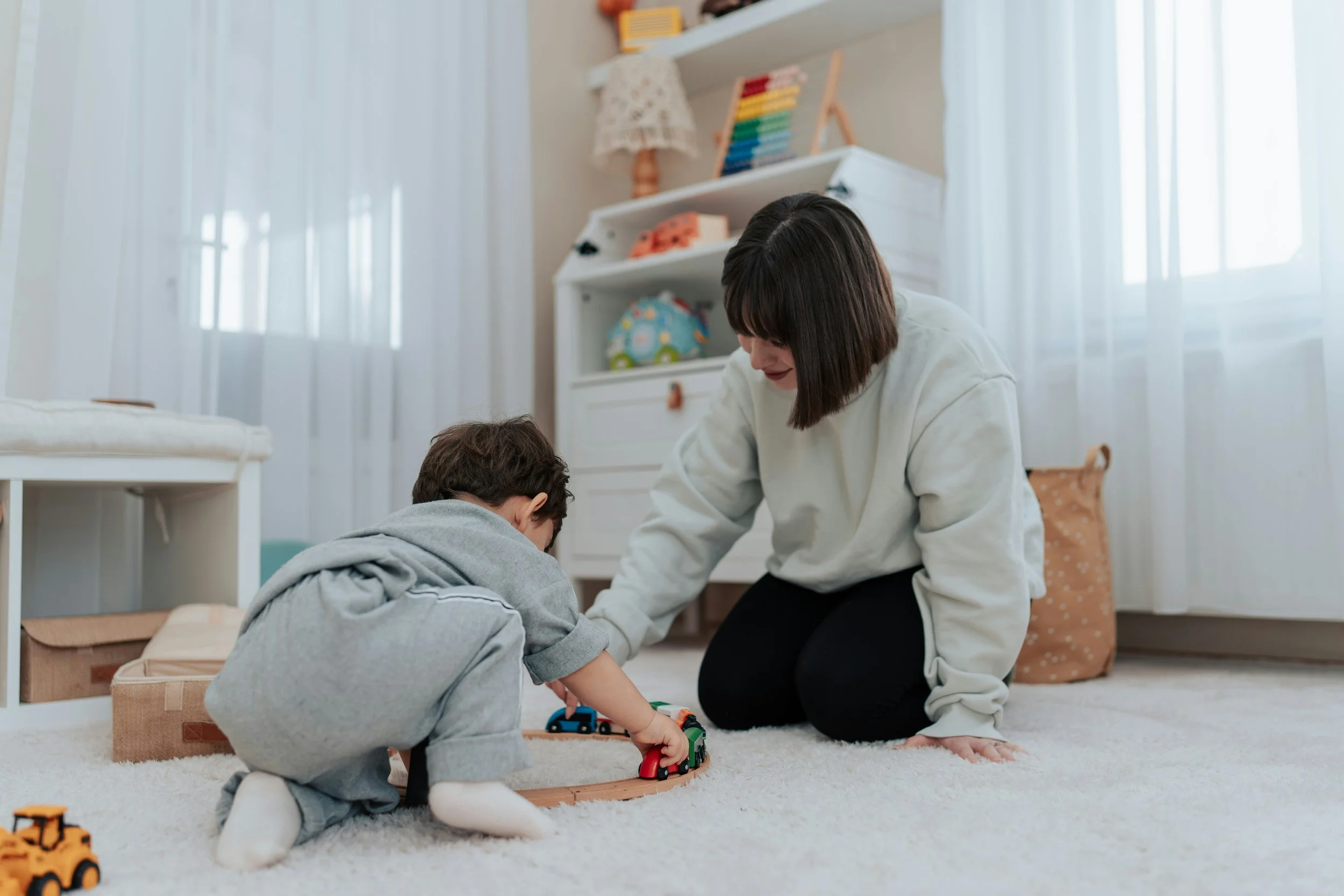
DIR/Floortime Explained (Without the Jargon)
DIR/Floortime doesn’t have to be complicated. Learn what it means, how it works, and why it matters — explained in plain language for parents.

Making Transitions Easier: Simple Tips for Everyday Routines
Transitions can be tough for kids — and parents. Learn 5 simple strategies to make daily routines smoother and less stressful.
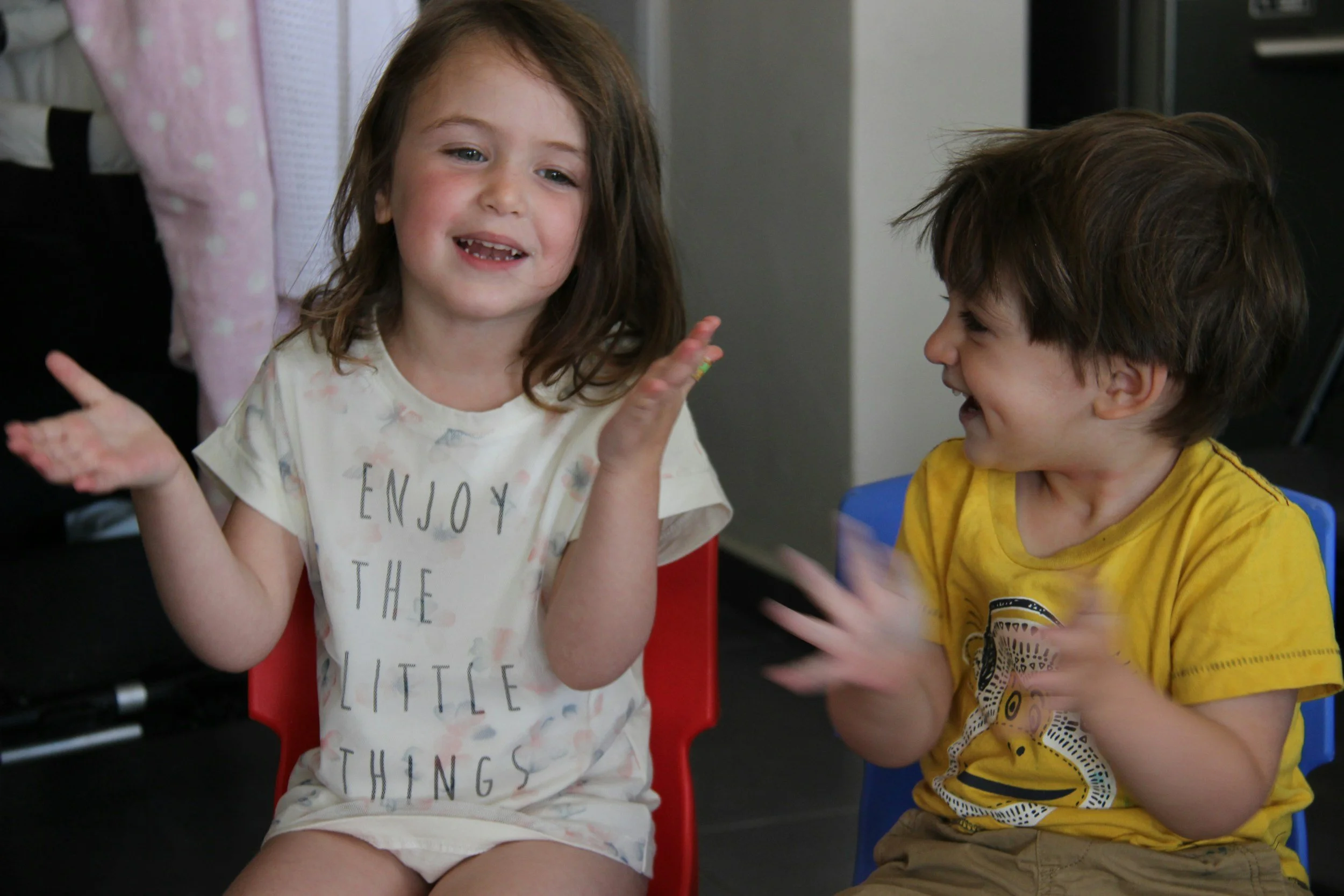
How Music and Rhythm Build Attention
Music and rhythm are more than fun — they build attention, coordination, and focus. Discover simple rhythm activities you can try at home.
